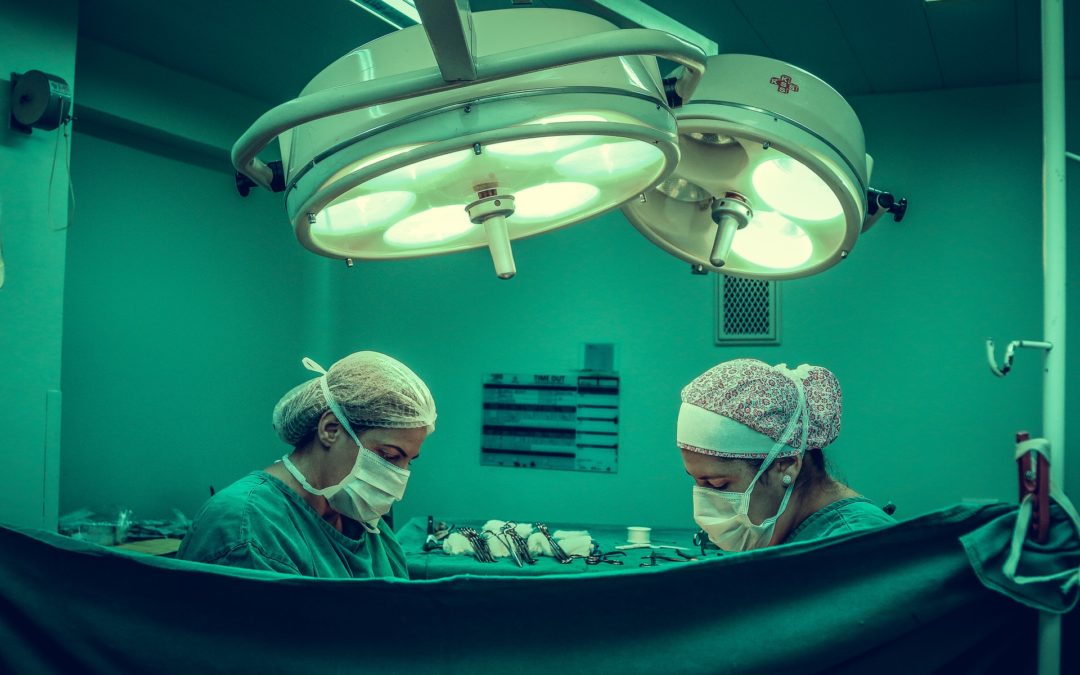Robotic surgery has become one of the fastest-adopting medical innovations. Patients are recovering faster and more efficiently than ever before because of lower complication rates than traditional surgery.
With this type of precise surgery, a computerized system is controlled by a surgeon to perform surgical procedures that result in better patient outcomes.
Robotic technology can be used for many different types of surgery, including prostate, gynecological, and cardiac procedures.
Minimal Invasive Surgery
Computerized robot arms are used in surgery to perform minimally invasive procedures. Often, in place of a large, open incision, the surgeon maneuvers robotic arms through a smaller incision, using cameras and other surgical instruments attached to them.
Surgeons operate on their patients while seated at a computer console near the operating table. This gives them more accurate control than if they were standing over the patient. They also have a better view of the operation, feel less fatigue, and are far less likely to make mistakes that cause injury.
Since an enhanced three-dimensional view of the surgical area can be viewed through the console’s magnifying glass, this gives surgeons a clear image of the surgical site and helps them guide and control their robotic instruments.
3 Big Benefits of Robotic Surgery
Although modern medicine is just scratching the surface of what it can do with robotic surgery, here are three noticeable benefits of using this type of surgery over conventional operations.
- Surgeons can perform delicate and complex procedures that would have been difficult or impossible using other methods. Surgery is now more precise. A smaller incision size improves patient recovery rates, and there is also less risk of tissue and organ damage.
- This type of surgery is associated with a lower risk of infection and less blood loss than traditional methods. Recovery is also quicker with less scarring.
- Minimally invasive surgery has several advantages, including better recovery, less pain, a shorter hospital stay, and a faster return to normal life.
Robotic Surgery is the Future of Surgery
Using robots in the operating room is becoming more and more common for good reason. Robotic systems can perform complex tasks requiring eye-hand coordination and finger dexterity, such as precise cutting and suturing. Operations can also be preprogrammed to use multiple cameras to help the surgeon get a better view inside the patient’s body at any given time.
This medical trend is likely to continue because surgeons can perform complex surgeries with greater accuracy because they now have more dexterity and control over the instruments they use to operate as well as a clearer view of what they are doing.

